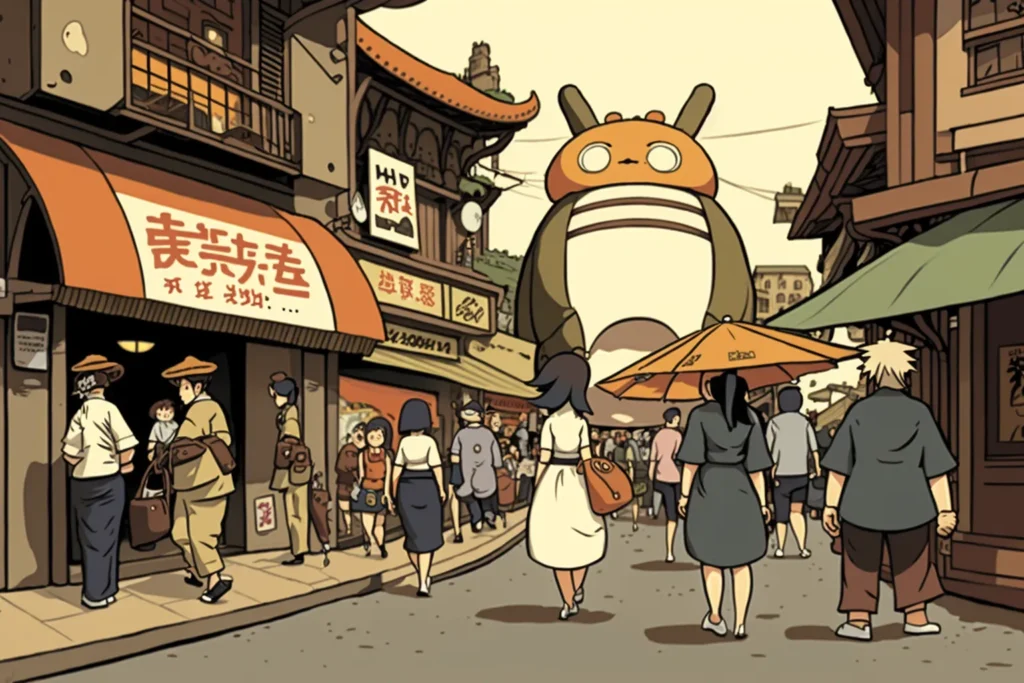
What is Kyoto famous for?
Kyoto, once the imperial capital of Japan, is now renowned for its rich cultural heritage and historical significance. The city is famous for its stunning temples, serene Zen gardens, and vibrant geisha culture that continues to this day. With over 2,000 temples, shrines, and other religious monuments, Kyoto is the spiritual heart of Japan, offering visitors a glimpse into its religious and cultural past.
The golden pavilions of Kinkaku-ji, the tranquil ponds of Ryoan-ji, and the lush gardens of Tenryu-ji are just a few of the many breathtaking sights that Kyoto is known for. The city’s temples and shrines are not just marvels of architecture and design, but they are also symbols of the deep spiritual and cultural roots of the Japanese people. For visitors, a stroll through the narrow streets of the Gion district, where geisha can still be seen in their traditional attire, is like taking a step back in time.
Kyoto is a city where ancient traditions and modern life coexist seamlessly. It is a city where the rustle of bamboo leaves and the soft clap of wooden sandals on stone pathways can be heard amidst the bustle of busy streets. Kyoto is a city where centuries-old temples and shrines share the same space with trendy cafes and boutiques. And it is this unique combination of history, culture, and modernity that makes Kyoto famous the world over.
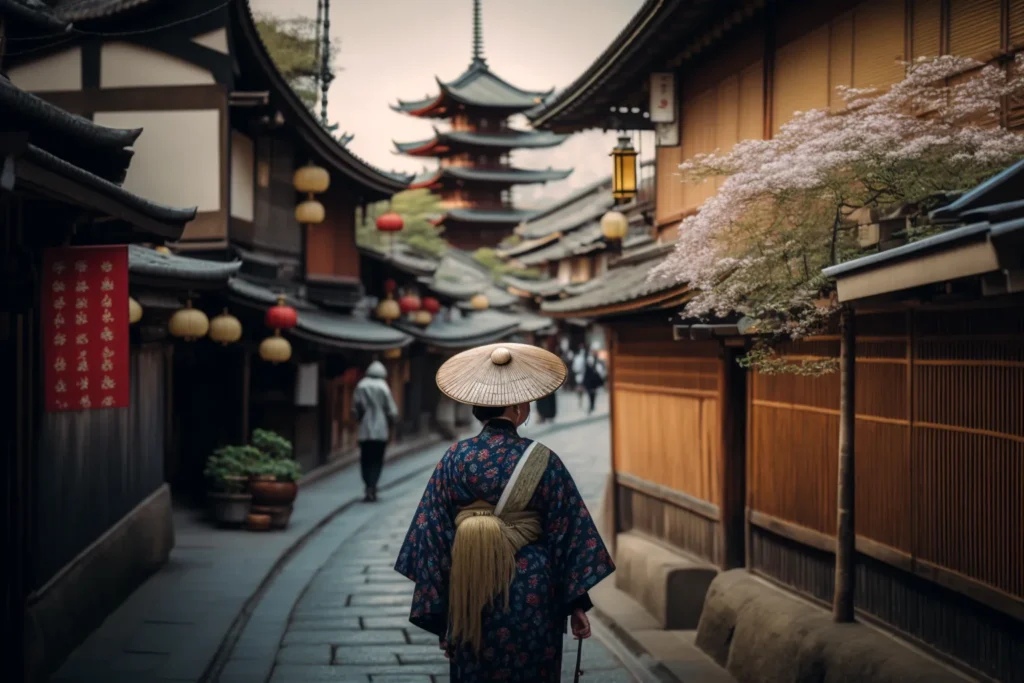
What’s better Tokyo or Kyoto?
The question of whether Tokyo or Kyoto is better is one that has been hotly debated for years. Both cities have their own unique charms and attractions, and the answer ultimately depends on what a person is looking for in a destination.
On one hand, Tokyo is a city that pulsates with energy, a metropolis that never sleeps. It’s a city where skyscrapers soar and lights flash, a city of neon signs and cutting-edge technology. Tokyo is a city that embodies the future, where one can see the latest in fashion, art, and pop culture.
On the other hand, Kyoto is a city steeped in history, a city that tells the story of Japan’s past. It’s a city of temples and shrines, a city of serenity and reflection. Kyoto is a city of natural beauty, where one can wander through tranquil gardens and admire the delicate cherry blossoms.
In short, Tokyo is a city of the future, while Kyoto is a city of the past. And while they may seem like vastly different places, both cities offer visitors a glimpse into the heart and soul of Japan. Ultimately, the choice between Tokyo and Kyoto comes down to personal preference, and the answer will depend on what a person is hoping to experience on their trip.
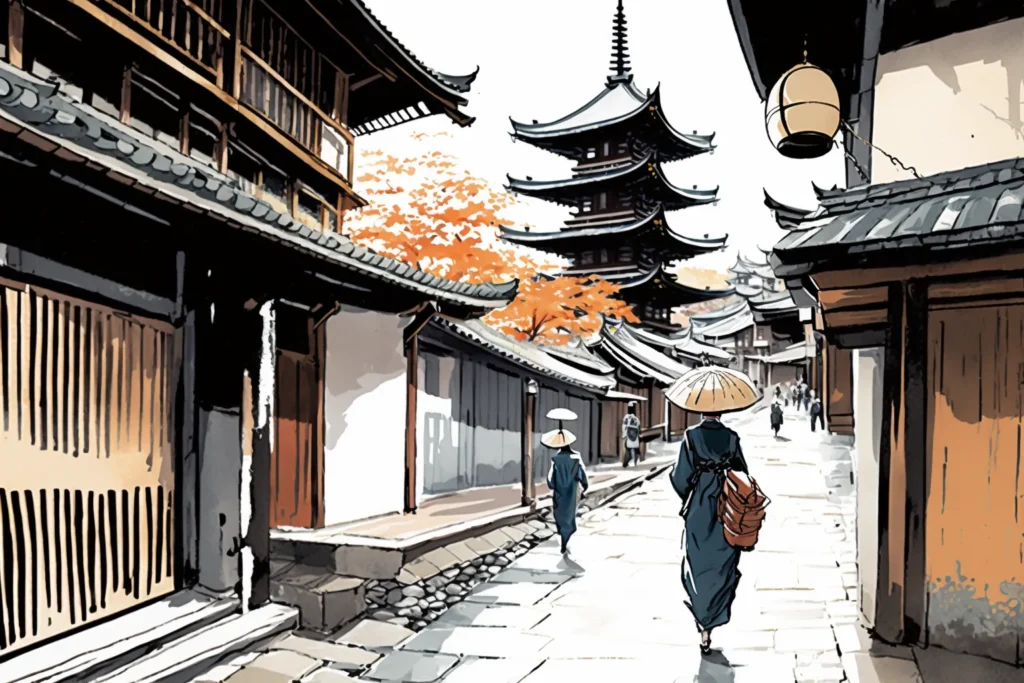
Why was Kyoto renamed to Tokyo?
Kyoto and Tokyo share a rich and intertwined history, one that has seen the two cities switch roles as the political and cultural capital of Japan multiple times. So, why was Kyoto renamed to Tokyo?
The answer to this question lies in the tumultuous period of Japan’s history known as the Meiji Era. During this time, the ruling shogunate was overthrown, and the imperial family was restored to power. In 1868, the capital was moved from Kyoto to Edo, which was renamed Tokyo, meaning “Eastern Capital”.
The move to Tokyo symbolized a shift in power from the traditional aristocracy of Kyoto to the rising merchant class of Edo. The Meiji government wanted to modernize Japan and bring it into the global arena, and they saw the relocation of the capital as a way to demonstrate their newfound strength and influence.
The irony of this situation lies in the fact that while Kyoto is known for its ancient traditions and rich cultural heritage, it was Tokyo that was chosen as the symbol of Japan’s modernization and westernization. In a sense, the renaming of Kyoto to Tokyo represents a turning point in Japanese history, as the country embraced a new era of change and progress.
While Kyoto may no longer be the capital of Japan, it remains one of the most important cultural and historical centers in the country. Its temples, shrines, and gardens continue to attract millions of visitors each year, reminding us of the rich heritage and traditions that are an integral part of Japan’s history.

What does Kyoto mean in English?
Kyoto, the former capital of Japan, has a name that evokes images of ancient temples, tranquil gardens, and a rich cultural heritage. But what does Kyoto mean in English?
The word “Kyoto” is derived from the Japanese words “kyo,” meaning “capital,” and “to,” meaning “city.” So, literally translated, Kyoto means “capital city.” This name was fitting for the city, which served as the capital of Japan for over a thousand years, and was the center of political, cultural, and religious life in the country.
However, the name Kyoto also symbolizes something deeper and more meaningful. It represents the rich cultural heritage of Japan, a heritage that is embodied in the city’s temples, shrines, and traditional architecture. For many, Kyoto is the embodiment of old Japan, a place where the past and present coexist in harmony.
Kyoto is not only a city of historical significance, but it is also a city of great beauty. Its narrow streets and traditional architecture create a sense of timelessness, while its temples and shrines offer a peaceful refuge from the modern world. The city is a veritable treasure trove of art, culture, and history, waiting to be explored and appreciated.
So, while the word Kyoto may simply mean “capital city” in English, it is so much more. It is a symbol of Japan’s rich cultural heritage, a city of timeless beauty and significance. To visit Kyoto is to step back in time and experience the essence of Japan.

Why was Kyoto spared in World War 2?
Kyoto, the former capital of Japan, is a city steeped in history, culture, and beauty. But why was Kyoto spared in WW2, when so many other cities were reduced to rubble by bombing raids?
The answer lies in Kyoto’s significance as a cultural and historical center of Japan. The city is home to thousands of temples, shrines, and traditional buildings, many of which are considered national treasures. It was these cultural treasures that were believed to have saved Kyoto from destruction during the war.
In an effort to spare the city and its valuable cultural heritage, the Japanese government made a request to the Allies not to bomb Kyoto. This request was considered, and it was ultimately decided that Kyoto would be spared.
The irony is that, while Kyoto was saved from physical destruction, the city was not immune to the ravages of war. The city’s economy was devastated, as its thriving tourism industry came to a halt and its people suffered from shortages of food and supplies.
Despite this, Kyoto emerged from the war with its cultural heritage and beauty intact. Today, the city is a testament to the resilience of the human spirit, as well as the power of culture and history to endure even in the face of war.
Kyoto serves as a reminder of the importance of preserving our cultural heritage, and of the need to work towards peace and understanding between nations. The city’s survival during WW2 is a testament to the power of culture to transcend conflict and bring people together.
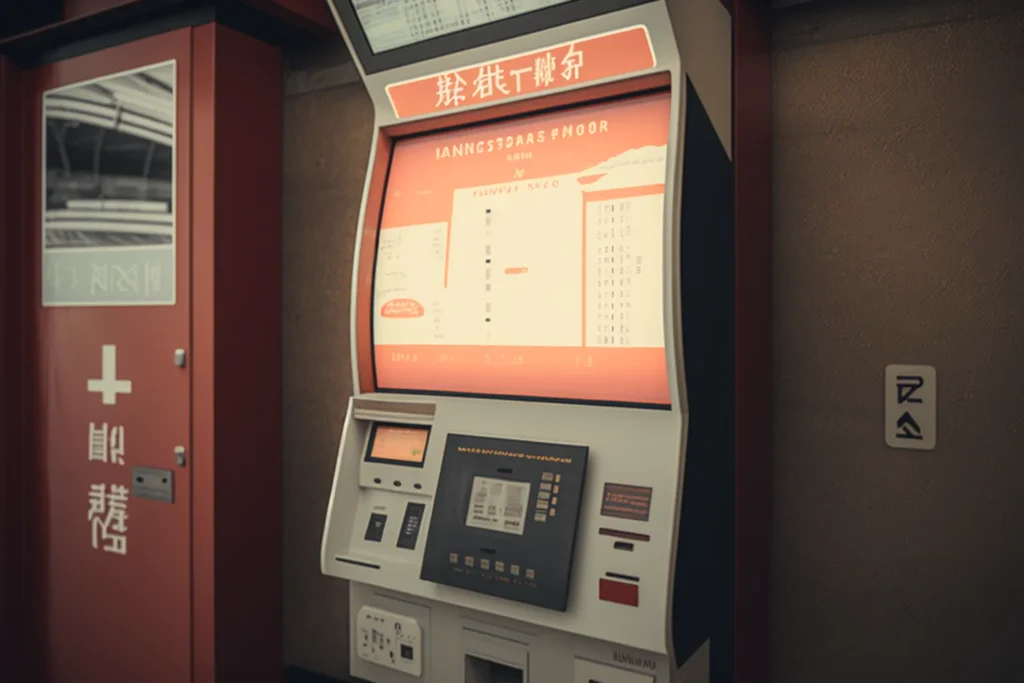
Is Tokyo colder than Kyoto?
Tokyo and Kyoto are two of Japan’s most vibrant and bustling cities, each with its own unique charm and appeal. But when it comes to the weather, is one city colder than the other?
The answer, like many things in life, is not black and white. While both cities experience cold winters and warm summers, the exact temperature can vary greatly depending on the time of year and other factors such as wind, humidity, and altitude.
In the depths of winter, Tokyo can be frigid, with icy winds howling down from the north. The city’s concrete jungle also exacerbates the chill, creating an urban wind tunnel that makes it feel even colder.
Kyoto, on the other hand, is sheltered by mountains on three sides, which can help to mitigate the cold winds and create a more temperate climate. The city is also closer to the ocean, which helps to moderate the temperatures.
So, is Tokyo colder than Kyoto? The answer is that it depends on the time of year and a host of other variables. But one thing is for sure: both cities have their own unique beauty and character, each offering visitors a chance to experience the best of Japan’s rich culture and heritage. Whether you prefer the vibrant energy of Tokyo or the serene beauty of Kyoto, you’re sure to find something to love in these two great cities.

Is Kyoto cheap to visit?
Kyoto is a city steeped in history, culture, and natural beauty. It is a place where ancient temples and shrines sit side by side with modern convenience and luxury. But with all of these attractions, is Kyoto a cheap place to visit?
The answer, like many things in life, is that it depends. Kyoto is certainly more affordable than many other major cities around the world, but it is still a relatively expensive place to visit. The cost of living is high, with prices for food, accommodations, and transportation all reflecting this.
That being said, there are ways to keep your costs down while still experiencing all that Kyoto has to offer. One option is to stay in a budget-friendly guesthouse or hostel, which can offer basic but clean and comfortable accommodations for a fraction of the cost of a traditional hotel. Another option is to eat at local, family-owned restaurants that serve delicious, traditional Japanese cuisine at reasonable prices.
So, is Kyoto cheap to visit? The answer is that it depends on your travel style and budget. But with a little bit of planning and savvy, it is possible to enjoy all of the city’s wonders without breaking the bank. Whether you’re looking for luxury or budget travel, Kyoto has something to offer for everyone.
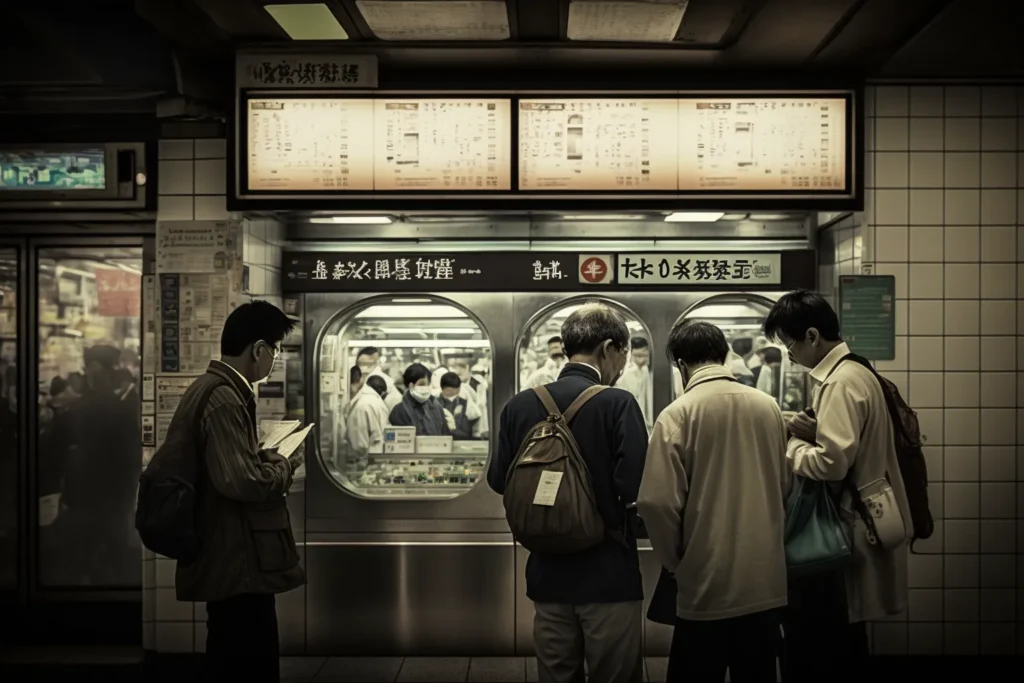
Do they speak English in Kyoto?
Kyoto, the former capital of Japan, is known for its rich history and cultural heritage, attracting millions of tourists every year. As one of the most popular tourist destinations in Japan, the question of language proficiency often arises for travelers. So, do they speak English in Kyoto? The short answer is yes, but to what extent may vary.
While many locals in Kyoto do not speak English fluently, the city’s tourist industry has made efforts to accommodate visitors from abroad. Hotel staff, tour guides, and employees at popular tourist attractions are generally able to communicate in English, making it easier for travelers to navigate their way around the city.
Additionally, many restaurants and shops in tourist areas have English menus and signage, and many ATMs and train stations have English-language options. With these resources readily available, it is possible to enjoy all that Kyoto has to offer without being limited by language barriers.
However, it is still recommended to learn a few basic Japanese phrases, such as “hello” and “thank you,” as a sign of respect to the local culture. It can also come in handy when navigating the city’s more off-the-beaten-path destinations.
In conclusion, English-speaking travelers can have a comfortable and enjoyable visit to Kyoto, with the city’s efforts to accommodate its international visitors. But don’t forget to brush up on your Japanese, as it will not only make your trip smoother, but also show your appreciation for the local culture.

‘Is Kyoto foreigner friendly? Is Kyoto good for tourists?
Kyoto, once the capital of Japan and now a city steeped in history and tradition, is a place that whispers a warm welcome to all who visit. From its rolling hills to its cobbled streets, this city is a symphony of sights, sounds, and experiences, inviting travelers to explore its many wonders. But what about the experience for foreign visitors? Is Kyoto a friendly place for those from abroad? The answer is a resounding yes!
Kyoto is a city that embraces diversity and is eager to welcome visitors from all over the world. The locals are warm and hospitable, always ready with a smile and a helping hand. The city’s many temples, shrines, and traditional tea houses offer a glimpse into the heart of Japanese culture and are a delight for tourists to explore. Whether you’re a fan of history, art, or simply looking to relax, Kyoto has something to offer everyone.
Kyoto is not just a good destination for tourists, it’s a fantastic one. Seriously. With its rich history, stunning scenery, and friendly locals, this city is a must-visit for anyone looking to experience the essence of Japan. From its vibrant streets to its tranquil gardens, Kyoto is a city that captivates the heart and enchants the soul. So pack your bags and come see for yourself why Kyoto is the perfect destination for tourists from near and far.

Leave a Reply